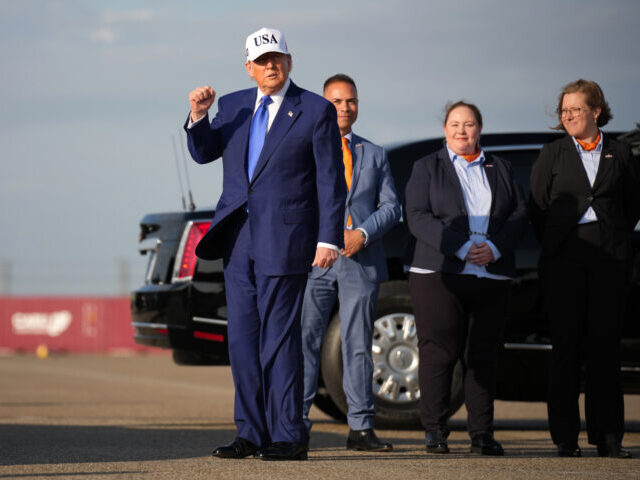Fed’s Favorite Inflation Gauge Shows No Signs of Tariff Price Hikes

The Federal Reserve’s preferred measure of inflation showed no signs of tariff-led acceleration in May, offering the latest evidence that President Trump’s tariffs have yet to lift consumer prices—particularly in goods categories most likely to be affected by import levies.
The core Personal Consumption Expenditures (PCE) price index, which excludes volatile food and energy prices and is closely watched by Fed officials as a gauge of underlying inflation, rose just 0.2 percent in May. That marked a modest uptick from April’s 0.1 percent pace but remained well within the recent range. The year-over-year rate climbed to 2.7 percent, up slightly from 2.6 percent, continuing a months-long plateau.
Headline PCE inflation, which includes all categories, increased 0.1 percent on the month and 2.3 percent from a year ago. That figure remains near where it has hovered since late last year, despite repeated warnings from some economists that tariffs could unleash a new wave of price pressures.
The May data support the idea that tariffs are not raising prices. Durable goods prices—the category most directly exposed to international trade—were flat month-over-month, showing zero growth after a 0.5 percent gain in April. Nondurable goods excluding food and energy were similarly tame. On an annual basis, goods prices rose just 0.1 percent, with durables up 0.5 percent and nondurables still negative.
Those figures suggest that the tariffs have not filtered through to broad-based consumer price inflation, at least not yet. In fact, energy prices declined 1.0 percent in May, offsetting a 0.2 percent increase in food costs.
Adjusted for inflation, real personal consumption expenditures fell 0.3 percent, as consumers pulled back following a burst of activity earlier this year. Personal income declined 0.4 percent, largely due to a reversal of one-time gains in government benefits in April.
The data arrive as the Federal Reserve considers whether to begin lowering interest rates again. While Chair Jerome Powell has emphasized the need to remain patient, some policymakers—particularly those appointed by President Trump—have pointed to weak income growth and muted goods inflation as evidence that further rate cuts may be warranted sooner rather than later.
Markets showed little reaction to the data. Futures pricing continues to reflect expectations of a rate cut by the September meeting, with at least one additional move priced in before year-end.
If tariffs were going to ignite a surge in consumer prices, economists say, the signal would likely emerge first in goods categories such as automobiles, electronics, and household appliances. But May’s data show no such signal. Instead, the Fed is confronting an economy in which inflation remains subdued and growth in real incomes is faltering.